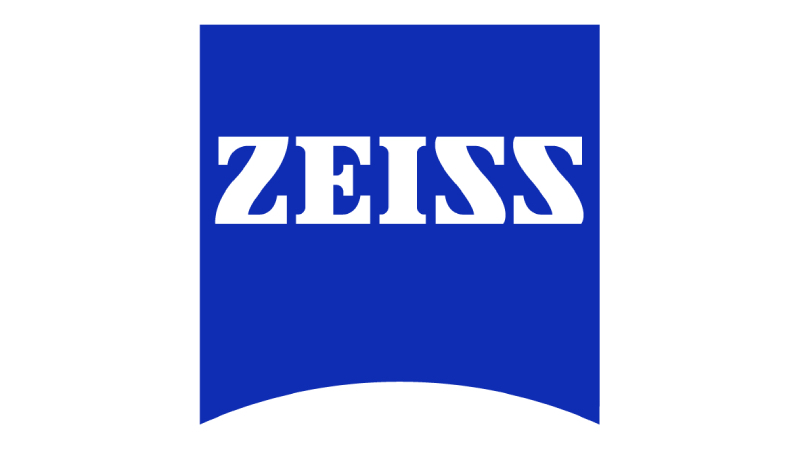Zeiss Announces End of Sports Optics Production in Historic Wetzlar Facility
Author: Marko L. | Publish Date: Jun 10, 2025 | Fact checked by: Aleksa Miladinovic
Major Manufacturing Shutdown Scheduled for 2026
Carl Zeiss Sports Optics GmbH has announced the complete closure of its manufacturing operations at the storied Wetzlar facility in Germany, with production set to end by December 2026. The company delivered this significant news through an official corporate statement issued last Tuesday, simultaneously informing the workforce of the impending changes. The closure will directly impact approximately 70 employees currently working at the German production site.

Historical Context and Corporate Evolution
From Hensoldt to Zeiss: A Century of Optical Innovation
The Wetzlar operation carries deep historical significance in the world of precision optics. The facility's origins trace back to the renowned optical manufacturer Hensoldt, which became part of the Zeiss family through a strategic acquisition in 1928. During that pivotal year, Carl Zeiss Jena secured a controlling interest in M. Hensoldt & Söhne, incorporating the respected manufacturer into its expanding network of optical excellence.
Modern Corporate Structure
The transformation reached completion in 2006 when Hensoldt AG underwent a complete rebranding to become Carl Zeiss Sports Optics GmbH. Today, the division functions as an integral component of Carl Zeiss AG's Brand Optics/Optronics segment, maintaining the company's longstanding commitment to precision optical innovation.
Product Portfolio and Market Position
Comprehensive Optical Solutions
Carl Zeiss Sports Optics GmbH has established itself as a premium manufacturer serving hunting, shooting, and outdoor recreation markets worldwide. The company's extensive product range encompasses:
- High-performance binoculars
- Precision monoculars
- Advanced spotting scopes
- Night vision equipment
- Laser rangefinding devices
- Professional riflescopes
- Precision reticle systems
- Reflex sight technology
Market Challenges and Strategic Rationale
Declining Demand in Premium Analog Optics
The decision to cease manufacturing stems from persistent market pressures affecting the traditional optics sector. Company representatives cite a continuing downturn in demand for premium analog optical products as a primary factor in the closure decision.
Economic Pressures and Competitive Landscape
Joachim Kuss, representing Zeiss's Photonics & Optics communications division, outlined the multifaceted challenges facing the operation: "Price and competitive pressure, a weakened consumer climate, the disruptive shift to digital products, and structural cost disadvantages in Germany have led to ongoing financial losses in our hunting and nature observation optics production in Wetzlar."
Future Operations and Brand Continuity
Maintaining Brand Presence
Despite the manufacturing closure, Zeiss has confirmed that the Sports Optics brand will continue operating in the marketplace. The company plans to maintain Wetzlar as a strategic location for essential business functions including customer service operations, logistics coordination, and quality assurance programs.
Leadership Perspective
Torsten Scheidt, Managing Director of Carl Zeiss Sports Optics GmbH, acknowledged the difficult nature of the decision while recognizing employee contributions: "The employees in Wetzlar have done outstanding work, and everyone involved has fought hard to keep production here. But the market shifts we've seen, especially in recent years, are so significant that we simply cannot sustain the current value chain."
Employee Impact and Transition Planning
Workforce Support Initiatives
Zeiss management has committed to working collaboratively with labor representatives throughout the transition period. The company plans to implement socially responsible measures to assist affected workers and manage the gradual reduction of the workforce over the coming months.
Strategic Pivot to Semiconductor Technology
Expanding High-Growth Sectors
The Wetzlar closure coincides with Zeiss's significant investment in semiconductor manufacturing capabilities at the same location. The company's Semiconductor Manufacturing Technology (SMT) division has experienced robust growth and is currently constructing a second production facility in the Dillfeld area.
Major Infrastructure Investment
The new semiconductor facility represents a substantial commitment to the Wetzlar location, featuring:
- 12,000 square meters of advanced manufacturing space
- Multifunctional production capabilities
- Completion timeline aligned with 2026
- Expansion of SMT workforce to approximately 500 employees
Industry Implications and Future Outlook
The closure reflects broader shifts within the optical industry, as traditional analog products face increasing pressure from digital alternatives and changing consumer preferences. Zeiss's strategic reallocation of resources toward semiconductor technology demonstrates the company's focus on high-growth sectors with stronger long-term prospects, even as it exits a market segment where it has maintained historical strength.
Author:
Marko Lalovic

Marko is a dedicated aviation enthusiast whose passion began with an unforgettable encounter with fighter jets at an air show in his home country. As an audiophile and sound engineer by training, Marko was initially captivated by the distinctive sonic signature of military aircraft—the thunderous roar of afterburners and the precise mechanical symphony of aviation systems. This auditory fascination evolved into a comprehensive interest in defense technology, particularly firearms engineering and ballistics acoustics.